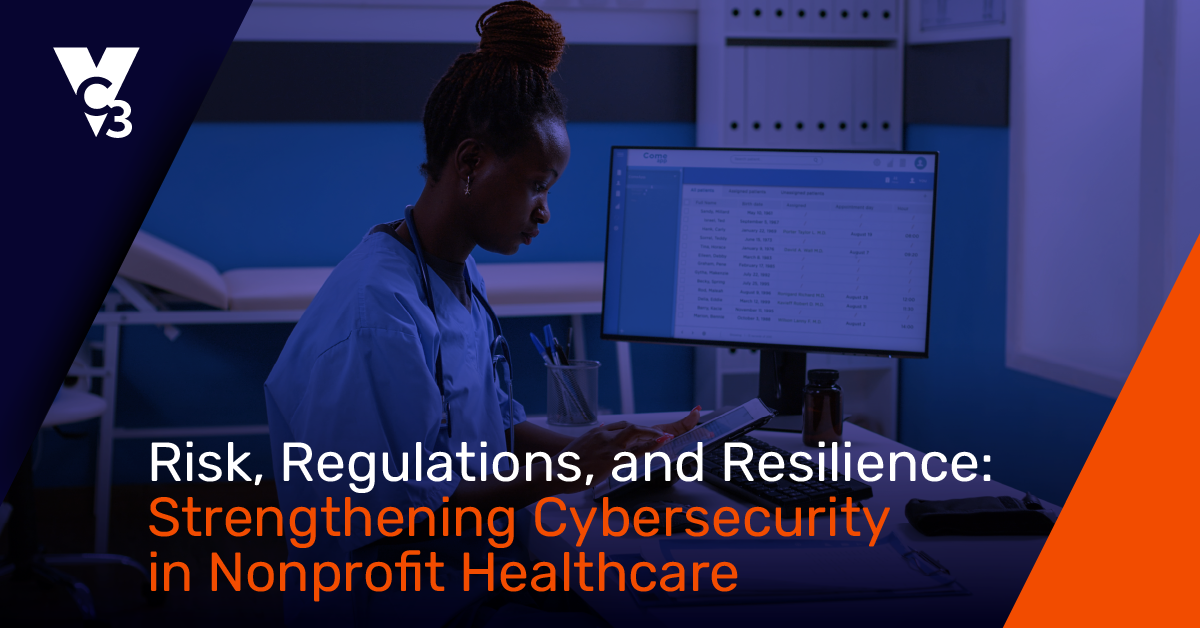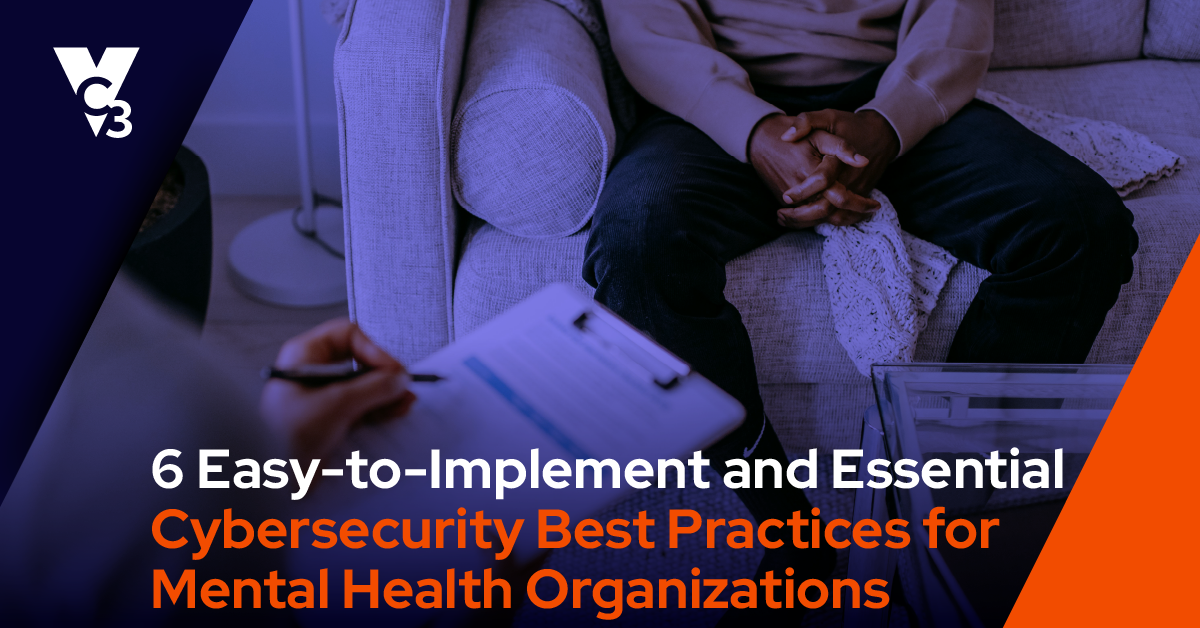People don't really know how their cybersecurity skills are going to measure up until they've tried them.
Everyone would prefer never to face a real-life cybersecurity incident. Instead, learning some tough lessons through a simulated threat or test is the better way to go. This allows you to make mistakes without suffering anything worse than internal embarrassment, and the lessons learned will help you deal with real threats when they happen.
Each type of drill tests a different set of employees and skills. Some affect everyone, while others specifically challenge your technical IT defenses. A drill may be announced in advance or sprung by surprise. After the drills, you can review the results to find out where people need to improve their skills and where policies need adjustment.
The following four drills will help an organization keep its employees' security awareness honed, sharpen everyone’s skills, and strengthen your overall defenses.
- Phishing Simulations
- Tabletop Exercises
- Vulnerability Scanning and Penetration Testing
- Data Backup and Disaster Recovery Testing
1. Phishing Simulations
Employees are supposed to be alert to phishing attempts. They shouldn't open attachments or follow links from dubious messages. But when people are in a hurry, they sometimes forget and click, letting malicious software get into their machines. Getting tricked can lead to unauthorized business transactions and serious financial losses.
Your organization should regularly simulate phishing attacks to assess your employees' awareness and susceptibility to phishing emails. These drills help educate employees on recognizing and avoiding phishing attempts. Phishing drills must be conducted without warning so that the recipients won't be on guard.
A mock phishing email can have an attachment or link that alerts the testing team when it's opened. For example, a phishing test can include a link that goes to a mock login page. This will allow you to see how many people not only click the link but also insert their credentials.
In addition to regular phishing simulations, you may also want to consider:
- Spear phishing simulations: Spear phishing is targeted phishing. Messages are tailored to fool specific people, usually high up in the organization. Targeting a leader with a test email requires extra tact, but it's important to make sure the people who hold all the keys don't inadvertently give them away.
- Broader social engineering drills: Phishing often takes place through email, and that is where you should focus most of your simulation efforts. However, you can also get creative and test your organization's defenses against a broader set of social engineering attacks. Simulate scenarios where attackers manipulate individuals into divulging sensitive information through phone calls, USB drives scattered around the office, or in-person interactions.
- Reinforcement of overall learnings through cybersecurity awareness training: Regularly conduct cybersecurity awareness training sessions to educate employees about the latest threats, best practices, and security policies. Training drills can include quizzes and interactive scenarios to reinforce learning.
2. Tabletop Exercises
In a tabletop exercise, participants walk through a hypothetical security incident (such as a data breach) on paper, explaining how they would act. The role-playing exercise ensures that each person knows what they're supposed to do during an incident and who they should contact. It’s a good way to evaluate the effectiveness of your response team, communication protocols, and overall incident resolution process.
The tabletop exercise should involve key stakeholders discussing and practicing their roles and responsibilities during a simulated cyberattack. With a seasoned security professional leading it, a tabletop drill is easy to set up and doesn't disrupt other employees.
3. Vulnerability Scanning and Penetration Testing
Periodic vulnerability scanning and penetration testing are important drills to uncover weaknesses in your cybersecurity posture.
Regular vulnerability scanning identifies and patches vulnerabilities in your organization's systems and networks. This helps prevent potential exploitation by cyber adversaries. Because the potential for a cyberattack is always high, vulnerability scanning should ideally be part of your ongoing continuous monitoring activities—rather than a one-time event.
As a complement to vulnerability scanning, penetration testing assesses the security of your organization's infrastructure by simulating cyberattacks. This involves attempting to exploit vulnerabilities to gain unauthorized access, providing valuable insights into the likelihood, feasibility, and projected impact of a cyberattack.
Penetration testing differs from a tabletop exercise in that it’s usually conducted by a third party to maintain objectivity. By trying to exploit your systems (rather than just scanning for vulnerabilities), penetration tests go deep and identify vulnerabilities that more passive methods may not detect.
As a true test of your cybersecurity strategy from start to finish, penetration testing highlights your ability to detect and respond to cyberattacks. For example, you may find that while a cyberattacker could potentially exploit a vulnerability, the penetration test may confirm you have cyber tools in place that stop the attack.
4. Data Backup and Disaster Recovery Testing
If this doesn’t seem like a cybersecurity drill, ask yourself how you will recover your data in case of a successful cyberattack? Yes, if you have the right security measures in place, you may be able to fend off a cyberattack. But there is always a chance of a successful ransomware attack, data erasure as the result of a breach, or an insider destroying information. Are you ready to recover from such a disaster?
Without thorough testing of data backup restoration processes, organizations may not discover issues until they attempt a real recovery. Test your data backup and disaster recovery solution by simulating a disaster and restoring your data.
Restoring data from a backup is a critical process, and several issues can potentially arise during or after the restoration. It's important to be aware of these challenges to ensure a smooth and reliable data recovery process.
During the test, you might uncover important red flags such as:
- Incomplete or corrupted backups—especially when you are unable to restore critical data
- Outdated backups where you are unable to restore recent data changes
- Compatibility issues with software
- Lack of documentation leading to mistakes during the restoration process, such as a failure to verify the integrity and accuracy of the restored data
- Storage media failures
- Insufficient data retention capabilities
- An inability to restore data as fast as you need
- Not accounting for complex restoration processes
Remember, you want to discover problems with your data restoration after a test, not after an incident.
Cybersecurity Drills Keep Everyone Sharp
It's embarrassing to be caught in a cybersecurity mistake, but it's better for people to blunder in a drill and learn than to let a real security threat into their systems. The focus should be on education, not blame. Everyone is careless sometimes, but practice leads to improvement.
Drills help management identify the slowest learners, and those people can get remedial training or be assigned tasks where security is less critical. With regular practice, thinking about cybersecurity becomes part of an organization's culture. As a result, employees will make fewer mistakes, and operations will proceed with fewer disruptions.
Drills are just one aspect of a complete security program. Firewalls, protective software, and monitoring decrease the chance of anything going wrong through human error or otherwise. Exercises reduce the chance that a mistake will let threats get past your security measures.
It's important to tailor these drills to the specific risks and challenges faced by your organization. Regularly reviewing and updating cybersecurity drills based on evolving threats and technologies is essential for maintaining a robust cyber defense posture.
Contact us and we’ll talk to you about a customized plan for your organization.






